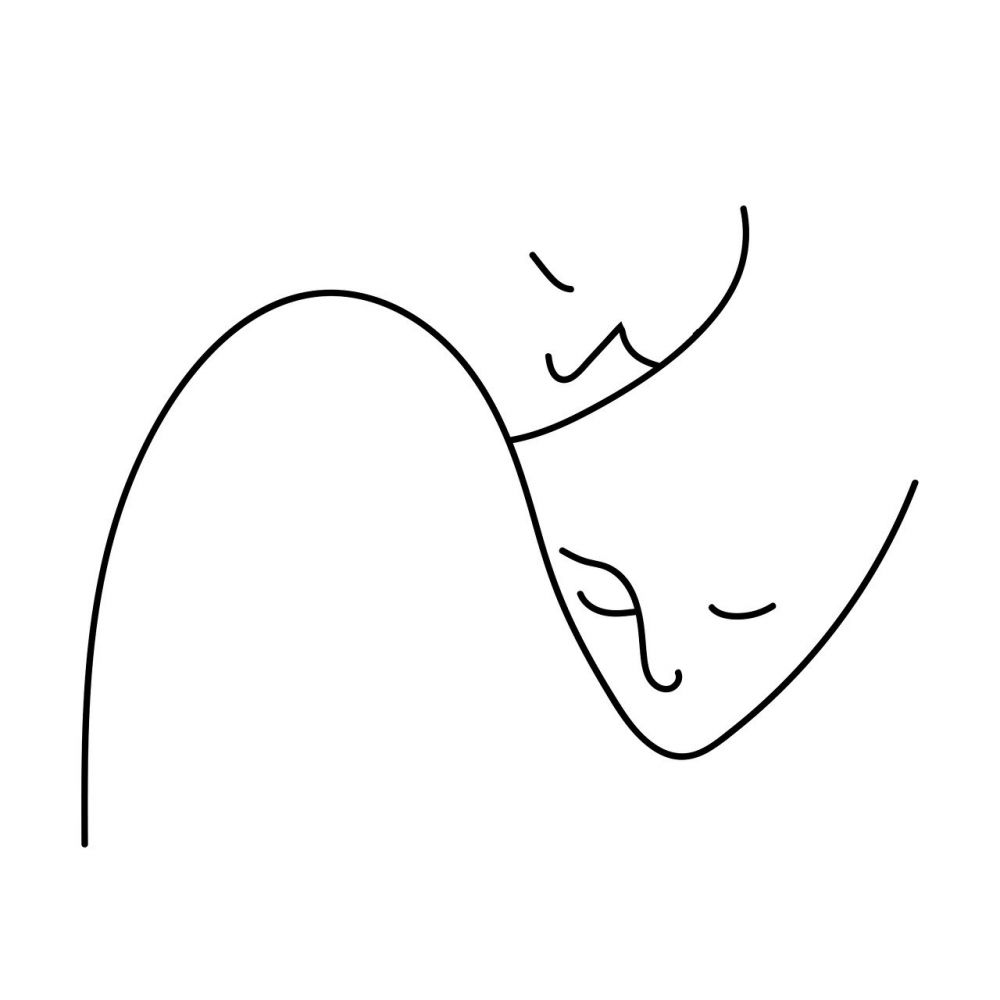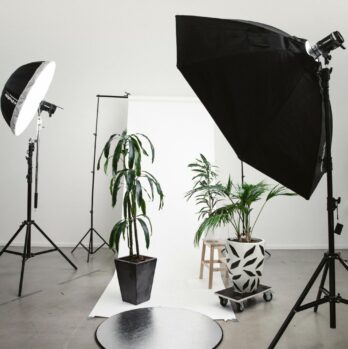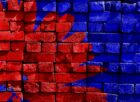Material Design: A Comprehensive Guide to Modern Design Principles

Introduction
In today’s digital landscape, the design of websites and mobile applications plays a crucial role in shaping user experiences. One design language that has gained widespread popularity is Material Design. Developed by Google, Material Design offers a visually appealing and intuitive approach to interface design. In this article, we will explore the fundamental concepts, different types, popular implementations, and historical aspects of Material Design.
Overview of Material Design

Material Design is a design philosophy that focuses on creating a consistent and unified visual language across different platforms. It aims to mimic the real world, with tactile and responsive elements, providing users with a sense of familiarity. At its core, Material Design emphasizes three primary principles: Material is the metaphor, Bold, graphic, intentional, and Motion provides meaning.
Material is the Metaphor: This principle is rooted in the concept of using visually tangible materials such as paper, ink, and shadows to create depth and hierarchy within the design. By layering elements, adding shadows, and applying subtle animations, Material Design brings digital interfaces to life.
Bold, Graphic, Intentional: Material Design encourages the use of bold colors, typography, and graphic elements to create visually striking designs. The emphasis is on simplicity and visual hierarchy, ensuring that users can easily navigate and understand the interface.
Motion Provides Meaning: Animation is a key component of Material Design. Intuitive motion design can guide users, provide feedback, and communicate the relationships between different elements. Animations can be used to indicate transitions, highlight interactions, or signal changes in state.
Types and Popularity of Material Design
Material Design has been widely adopted by designers and developers due to its versatility and visual appeal. There are several prominent types of Material Design, including:
1. Google Material Design: The original incarnation developed by Google. This type combines the core principles of Material Design with Google’s own branding and aesthetics. It is widely used in Google’s own products, such as Android OS and Google apps.
2. Material-UI: A popular open-source implementation of Material Design for web applications. Material-UI provides a set of pre-built components and styles that follow Material Design guidelines, making it easy to create visually cohesive web interfaces.
3. Materialize CSS: Another widely adopted Material Design framework for building responsive websites. Materialize CSS enables developers to create visually appealing websites with minimal effort by providing a comprehensive set of pre-built components and utilities.
Quantitative Measurements in Material Design
While Material Design primarily focuses on visual aesthetics and principles, there are measurable aspects associated with its implementation. Some key quantitative measurements in Material Design include:
1. Response Time: Material Design emphasizes smooth and responsive interactions. Measurements such as click-to-response time and animation duration can provide insights into the overall user experience.
2. Accessibility: Material Design aims to create inclusive designs that are accessible to all users, including those with disabilities. Metrics like color contrast ratios, font sizes, and keyboard navigation compatibility are essential factors in ensuring accessibility.
3. User Engagement: Through the use of analytics, it is possible to measure user engagement metrics such as time spent on different screens, the number of interactions, and conversion rates. These measurements help evaluate the effectiveness of Material Design in capturing user attention and driving desired actions.
Differences Between Material Design Implementations
While Material Design provides a set of fundamental principles, different implementations may have variations and interpretations. These variations could be due to platform-specific considerations or the need to align with brand aesthetics. Some key differences between Material Design implementations include:
1. Platform-Specific Guidelines: Material Design has been adapted for various platforms, including Android, iOS, and web. Each platform has its own guidelines, resulting in certain deviations in terms of layout, navigation, and interaction patterns.
2. Brand Customization: To maintain brand consistency, companies often customize the visual aspects of Material Design to align with their brand identity. This customization may involve variations in colors, typography, and iconography.
3. Design Maturity: The age and maturity of Material Design implementations can also lead to differences. Early adopters may have more experimental and unique interpretations, while later adopters tend to adhere more closely to the original guidelines.
Historical Overview of Pros and Cons
Material Design has its fair share of advantages and disadvantages, which have evolved over time. Let’s explore the historical perspective of these aspects:
Advantages of Material Design:
1. Consistency: Material Design provides consistent design patterns and guidelines, ensuring a unified experience across different platforms and devices.
2. User-Friendly: The intuitive and familiar nature of Material Design makes it easy for users to navigate and interact with interfaces.
3. Scalability: Material Design’s modular approach allows for scalability, making it easier to maintain and update designs as products evolve.
Disadvantages of Material Design:
1. Lack of Customizability: Strict adherence to Material Design guidelines can limit creativity and flexibility in design. Customizations may require more effort and expertise.
2. Learning Curve: Implementing Material Design from scratch requires a learning curve for designers and developers, especially when it comes to animation and motion design.
Conclusion
Material Design has revolutionized the way designers approach interface design. With its focus on visual aesthetics, responsiveness, and intuitive interactions, Material Design provides a framework that enhances user experiences. By understanding the fundamental principles, different types, quantitative measurements, variations, and historical aspects of Material Design, designers and developers can create visually engaging and user-friendly digital products.
[INSERT VIDEO HERE – A video demonstrating the key principles and visual aspects of Material Design.]











